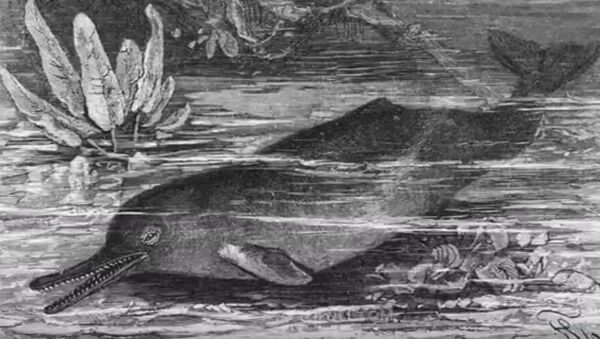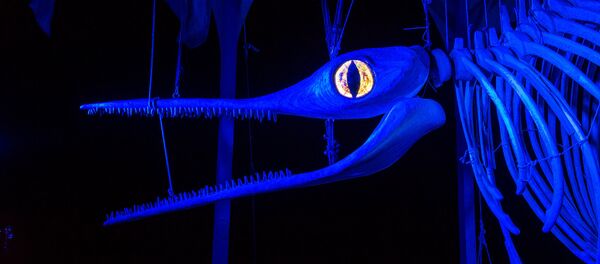Researchers have named the species Arktocara yakataga and described it in a scientific paper published in PeerJ on Tuesday.
Smithsonian in Panama: The river dolphin fossil: Isthminia panamensis. Check out the story at: http://t.co/Dd3f4T302O pic.twitter.com/GsXoVQuyjR
— M Larsen, STRI Dir. (@WPhillyMatt) September 5, 2015
Arktocara yakataga lived in the subarctic region some 25 million years ago and is a distant relative to Platanista gangetica, a contemporary river dolphin found in South Asia, including in the Ganges and the Indus rivers.
According to Pyenson, the mammal is “tremendously bizarre,” as it is completely blind, swims on its side and uses echolocation to navigate.
There were times when such dolphins were not rare, he said, but now “all the other twigs of the tree are dead, and this is the only one that’s survived,” Pyenson said of P. gangetica.
Pyenson hopes that their findings will help to preserve Platanista gangetica, as it could explain why they had been “supplanted by ocean dolphins,” which prevail now.
“Knowing more about the history could help us to better be able to make priorities in modern times,” he said, adding that the research could also shed light on the evolution of other dolphin species.



